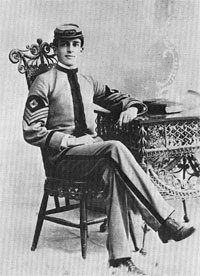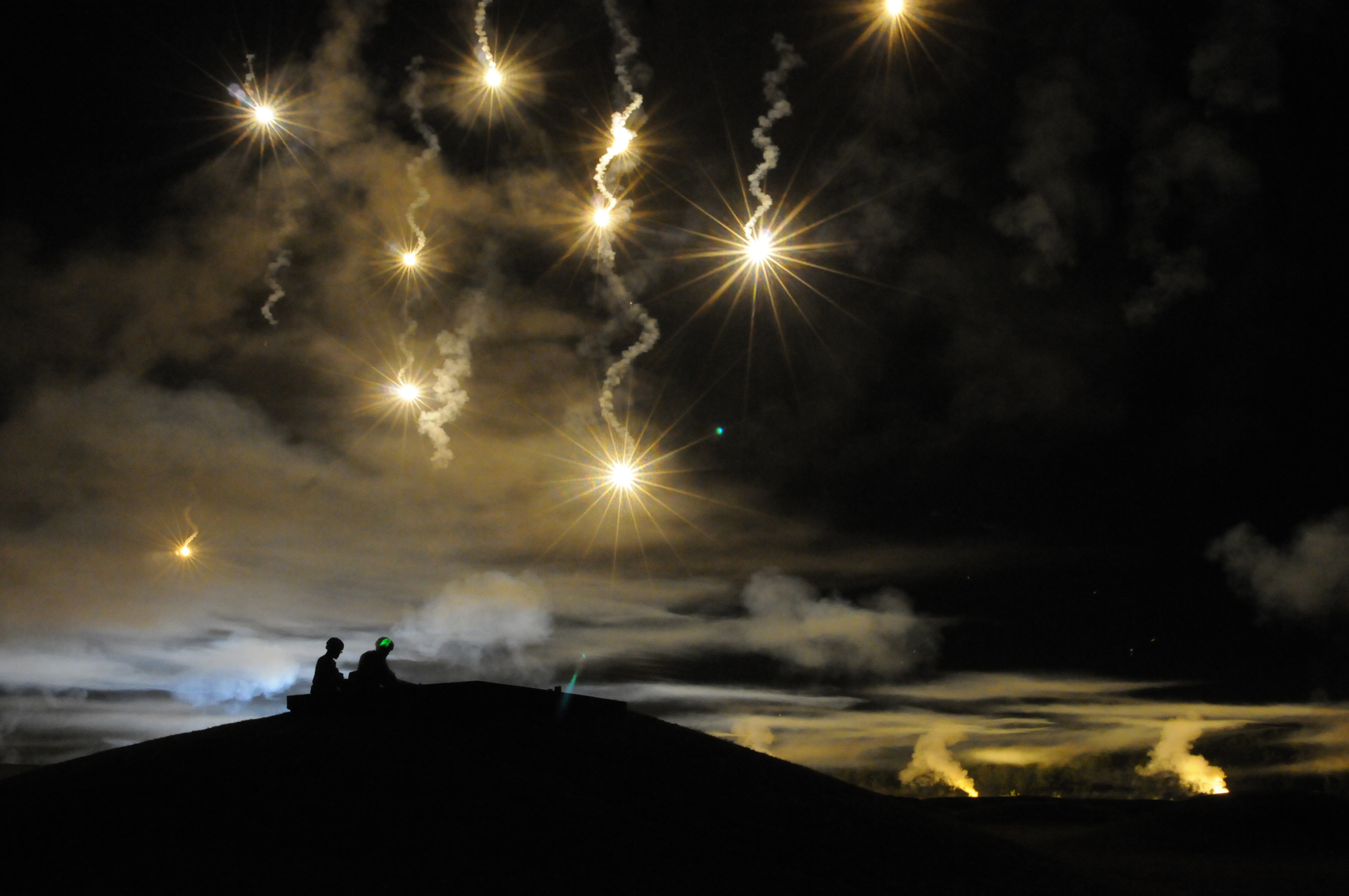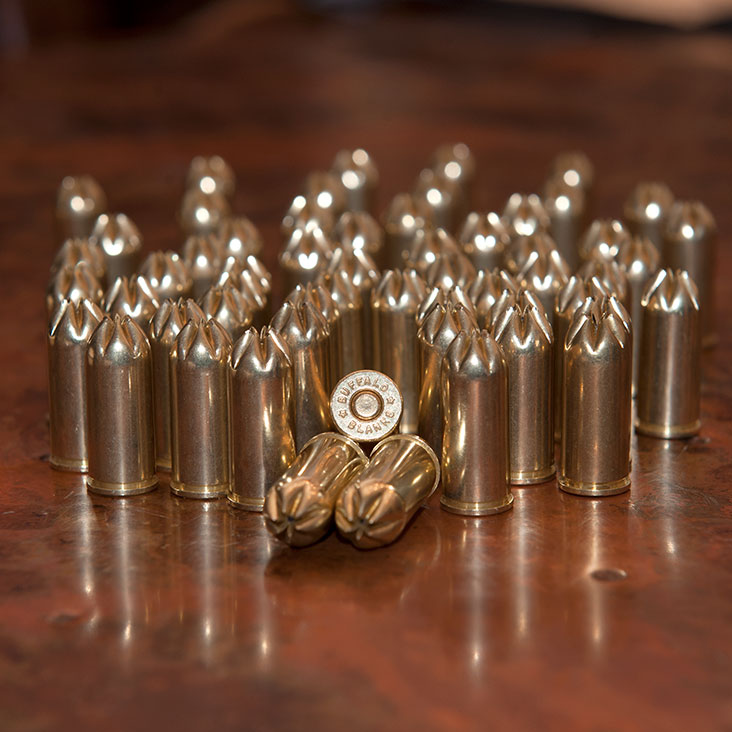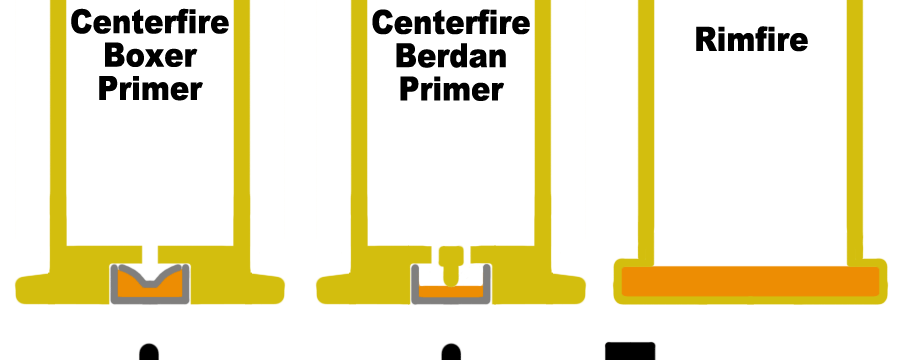|
Improvised Firearm
Improvised firearms (sometimes called zip guns, pipe guns or slam guns) are firearms manufactured other than by a firearms manufacturer or a gunsmith, and are typically constructed by adapting existing materials to the purpose. They range in quality from crude weapons that are as much a danger to the user as the target to high-quality arms produced by cottage industries using salvaged and repurposed materials., Chapter 4 Improvised firearms may be used as tools by criminals and insurgents and are sometimes associated with such groups; other illicit uses include self-defense in lawless areas and hunting game in poor rural areas. Types Zip guns Zip guns are generally crude homemade firearms consisting of a barrel, breechblock and a firing mechanism. For small, low-pressure cartridges, like the common .22 caliber rimfire cartridges, even very thin-walled tubing works as a barrel, strapped to a block of wood for a handle. A rubber band powers the firing pin, which the shooter ... [...More Info...] [...Related Items...] OR: [Wikipedia] [Google] [Baidu] |
Homemade Pistol Sweden 002
Homemade may refer to: *Handicraft, things that are made by hand *''Homemade'', '' T4'' TV series 2006 *''HomeMADE'', Australian reality TV series 2009 *''Homemade TV'', a Canadian children's television series 1976 to 1977 * ''Homemade'' (album), by The Osmonds 1971 *''Homemade'', album by Cephas & Wiggins Cephas & Wiggins were an American acoustic blues duo, composed of the guitarist John Cephas (September 4, 1930 – March 4, 2009) and the harmonica player Phil Wiggins (born May 8, 1954). They were known for playing Piedmont blues. Histo ... 1999 * ''Home Made'' (1927 film), an American silent comedy film * ''Home Made'' (2017 film), an Israeli short film * ''Homemade'' (TV series), an Italian-Chilean anthology series * "Homemade" (song), a 2019 song by Jake Owen See also * Homemade leverage, use of personal borrowing of investors to change the amount of financial leverage of a firm {{disambiguation ... [...More Info...] [...Related Items...] OR: [Wikipedia] [Google] [Baidu] |
25 ACP
The .25 ACP (Automatic Colt Pistol) (6.35×16mmSR) is a semi-rimmed, straight-walled centerfire pistol cartridge introduced by John Browning in 1905 alongside the Fabrique Nationale M1905 pistol. Design The cartridge is of semi-rimmed design meaning that the rim protrudes slightly beyond the diameter of the base of the cartridge so the cartridge can headspace on the rim.*Wilson, R. K. ''Textbook of Automatic Pistols''. Plantersville, SC: Small Arms Technical Publishing Company, 1943. p. 258. . Though the .25 ACP was designed for semi-automatic pistols, various .25 ACP revolvers were produced in the early twentieth century by Belgian, French, and German gunmakers such as Adolph Frank and Decker. In the late twentieth century, Bowen Classic Arms produced a custom Smith & Wesson revolver in .25 ACP.Bowen, Hamilton. ''The Custom Revolver''. Privately printed, 2001. . Performance The use of the .25 ACP allows for a very compact lightweight gun, usually pocket pistols, but the ca ... [...More Info...] [...Related Items...] OR: [Wikipedia] [Google] [Baidu] |
Douglas MacArthur
Douglas MacArthur (26 January 18805 April 1964) was an American military leader who served as General of the Army for the United States, as well as a field marshal to the Philippine Army. He had served with distinction in World War I, was Chief of Staff of the United States Army during the 1930s, and he played a prominent role in the Pacific theater during World War II. MacArthur was nominated for the Medal of Honor three times, and received it for his service in the Philippines campaign. This made him along with his father Arthur MacArthur Jr. the first father and son to be awarded the medal. He was one of only five men to rise to the rank of General of the Army in the U.S. Army, and the only one conferred the rank of field marshal in the Philippine Army. Raised in a military family in the American Old West, MacArthur was valedictorian at the West Texas Military Academy where he finished high school, and First Captain at the United States Military Academy at West Point ... [...More Info...] [...Related Items...] OR: [Wikipedia] [Google] [Baidu] |
National Firearms Act
The National Firearms Act (NFA), 73rd Congress, Sess. 2, ch. 757, was enacted on June 26, 1934, and currently codified and amended as . The law is an Act of Congress in the United States that, in general, imposes an excise tax on the manufacture and transfer of certain firearms and mandates the registration of those firearms. The NFA is also referred to as Title II of the federal firearms laws, with the Gun Control Act of 1968 ("GCA") as Title I. All transfers of ownership of registered NFA firearms must be done through the National Firearms Registration and Transfer Record (the "NFA registry"). The NFA also requires that the permanent transport of NFA firearms across state lines by the owner must be reported to the Bureau of Alcohol, Tobacco, Firearms and Explosives (ATF). Temporary transports of some items, most notably suppressors (also referred to as silencers), do not need to be reported. Background The ostensible impetus for the National Firearms Act of 1934 was ... [...More Info...] [...Related Items...] OR: [Wikipedia] [Google] [Baidu] |
Title II Weapon
Title II weapons, or NFA firearms, are designations of certain weapons under the United States National Firearms Act (NFA). These are weapons requiring a Type 01 Federal Firearms License (FFL) as well as a Class 3 Special Occupation Tax (SOT) to sell, and an ATF Form 4 (transfer of registration) with $200 tax stamp to purchase. Also a Type 07 FFL (manufacturer) with a Class 2 Special Occupation Tax is qualified to manufacture, purchase and sell. The restrictions apply to certain firearms, explosive munitions, and other devices which are federally regulated by the NFA. Any violation of the NFA is a felony punishable by up to 10 years in prison.. "Any person who violates or fails to comply with any provisions of this chapter shall, upon conviction, be fined not more than $10,000, or be imprisoned not more than ten years, or both." Per the National Rifle Association's ''Summary of Gun Control Act of 1968'': The Bureau of Alcohol, Tobacco, Firearms, and Explosives (ATF), which en ... [...More Info...] [...Related Items...] OR: [Wikipedia] [Google] [Baidu] |
Any Other Weapon
Title II weapons, or NFA firearms, are designations of certain weapons under the United States National Firearms Act (NFA). These are weapons requiring a Type 01 Federal Firearms License (FFL) as well as a Class 3 Special Occupation Tax (SOT) to sell, and an ATF Form 4 (transfer of registration) with $200 tax stamp to purchase. Also a Type 07 FFL (manufacturer) with a Class 2 Special Occupation Tax is qualified to manufacture, purchase and sell. The restrictions apply to certain firearms, explosive munitions, and other devices which are federally regulated by the NFA. Any violation of the NFA is a felony punishable by up to 10 years in prison.. "Any person who violates or fails to comply with any provisions of this chapter shall, upon conviction, be fined not more than $10,000, or be imprisoned not more than ten years, or both." Per the National Rifle Association's ''Summary of Gun Control Act of 1968'': The Bureau of Alcohol, Tobacco, Firearms, and Explosives (ATF), which en ... [...More Info...] [...Related Items...] OR: [Wikipedia] [Google] [Baidu] |
Tear Gas
Tear gas, also known as a lachrymator agent or lachrymator (), sometimes colloquially known as "mace" after the early commercial aerosol, is a chemical weapon that stimulates the nerves of the lacrimal gland in the eye to produce tears. In addition, it can cause severe eye and respiratory pain, skin irritation, bleeding, and blindness. Common lachrymators both currently and formerly used as tear gas include pepper spray (OC gas), PAVA spray (nonivamide), CS gas, CR gas, CN gas (phenacyl chloride), bromoacetone, xylyl bromide and Mace (a branded mixture). While lachrymatory agents are commonly deployed for riot control by law enforcement and military personnel, its use in warfare is prohibited by various international treaties.E.g. the Geneva Protocol of 1925 prohibited the use of "asphyxiating gas, or any other kind of gas, liquids, substances or similar materials". During World War I, increasingly toxic and deadly lachrymatory agents were used. The short and long-term effec ... [...More Info...] [...Related Items...] OR: [Wikipedia] [Google] [Baidu] |
Flare
A flare, also sometimes called a fusée, fusee, or bengala in some Latin-speaking countries, is a type of pyrotechnic that produces a bright light or intense heat without an explosion. Flares are used for distress signaling, illumination, or defensive countermeasures in civilian and military applications. Flares may be ground pyrotechnics, projectile pyrotechnics, or parachute-suspended to provide maximum illumination time over a large area. Projectile pyrotechnics may be dropped from aircraft, fired from rocket or artillery, or deployed by flare guns or handheld percussive tubes. History The earliest recorded use of gunpowder for signaling purposes was the 'signal bomb' used by the Chinese Song Dynasty (960–1279) as the Mongol-led Yuan Dynasty (1271–1368) besieged Yangzhou in 1276. These soft-shelled bombs, timed to explode in midair, were used to send messages to a detachment of troops far in the distance. Another mention of the signal bomb appears in a text dating ... [...More Info...] [...Related Items...] OR: [Wikipedia] [Google] [Baidu] |
Blank (cartridge)
A blank is a firearm cartridge that, when fired, does not shoot a projectile like a bullet or pellet, but generates a muzzle flash and an explosive sound ( muzzle report) like a normal gunshot would. Firearms may need to be modified to allow a blank to cycle the action, and the shooter experiences less recoil with a blank than with a live round. Blanks are often used in prop guns for shooting simulations that have no need for ballistic results, but still demand light and sound effects, such as in historical reenactments, special effects for theatre, movie and television productions, combat training, for signaling (see starting pistol), and cowboy mounted shooting. Specialised blank cartridges are also used for their propellant force in fields as varied as construction, shooting sports, and fishing and general recreation. While blanks are less dangerous than live ammunition, they are dangerous and can still cause fatal injuries. Beside the explosive gases, any objects in the cartri ... [...More Info...] [...Related Items...] OR: [Wikipedia] [Google] [Baidu] |
Centerfire
Two rounds of .357 Magnum, a centerfire cartridge; notice the circular primer in the center A centerfire cartridge is a firearm metallic cartridge whose primer is located at the center of the base of its casing (i.e. "case head"). Unlike rimfire cartridges, the centerfire primer is typically a separate component seated into a recessed cavity (known as the ''primer pocket'') in the case head and is replaceable by reloading. Centerfire cartridges have supplanted the rimfire variety in all but the smallest cartridge sizes. The majority of today's handguns, rifles, and shotguns use centerfire ammunition, with the exception of a few .17 caliber, .20 caliber, and .22 caliber handgun and rifle cartridges, small-bore shotgun shells (intended for pest control), and a handful of antique (and mostly obsolete) cartridges. History An early form of centerfire ammunition, without a percussion cap, was invented between 1808 and 1812 by Jean Samuel Pauly. This was also the first f ... [...More Info...] [...Related Items...] OR: [Wikipedia] [Google] [Baidu] |




.jpg)


